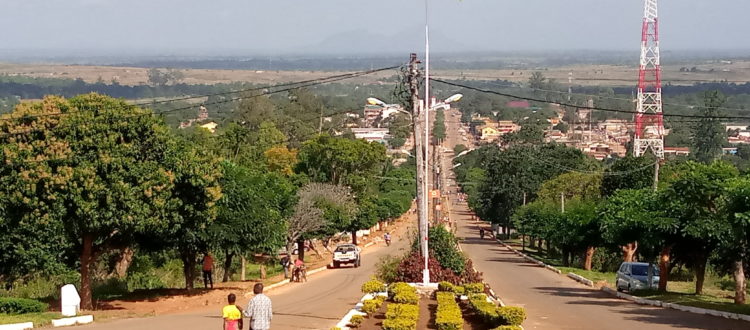Milange district holds lectures about the premature marriage
The district of Milange in Zambézia province held two lectures about premature marriage involving 60 participants divided by two groups, being that the first group consisted by 20 community leaders representing the Local Administrative actors and the second group consisted by 40 women representing different sectors of the district.
The general objective of those lectures was an awareness of rural communities about the risks of premature marriages, specifically to hold talks and discuss issues at the level of influential communities and groups.
The lectures were supported by MIHER – Mozambican Institute for Health and Education Research and the office of the Spouse of Governor of Zambézia province and guided by Mrs. Sebastiana Gemusse, director of Gender, Children and Social Action.
During the presentation, Mrs. Gemusse mentioned that Mozambique has one of the highest rates of premature marriages in the World Meeting in 11th place globally and in 10th place in Africa. At the level of the southern and Eastern Africa region, Mozambique occupies the 2nd position.
About 12.6 million children (2007 census), representing more than half of the Mozambican population (52%) and close to half of them marry before the age of 18 and that families living in rural areas, in the northern and central regions of the country and the poorest families are the ones that have the highest tendency for the practice of premature marriages.
She addressed the causes that lead families to opt for premature marriages and appealed to them to reflect much about it, because as a consequence, this type of marital union causes beyond domestic violence, the injury of the obstetrical fistula that has led the Girls and women away from the social activities and relationships, sexually transmissible diseases, among other ills.
The participants of the lectures said that they became clarified about the risks of premature marriages in rural communities and they recommended more lectures in the community involving the religion leaders, teenagers and secondary school students and develop some actions to control some media content that is exposed in the society.


